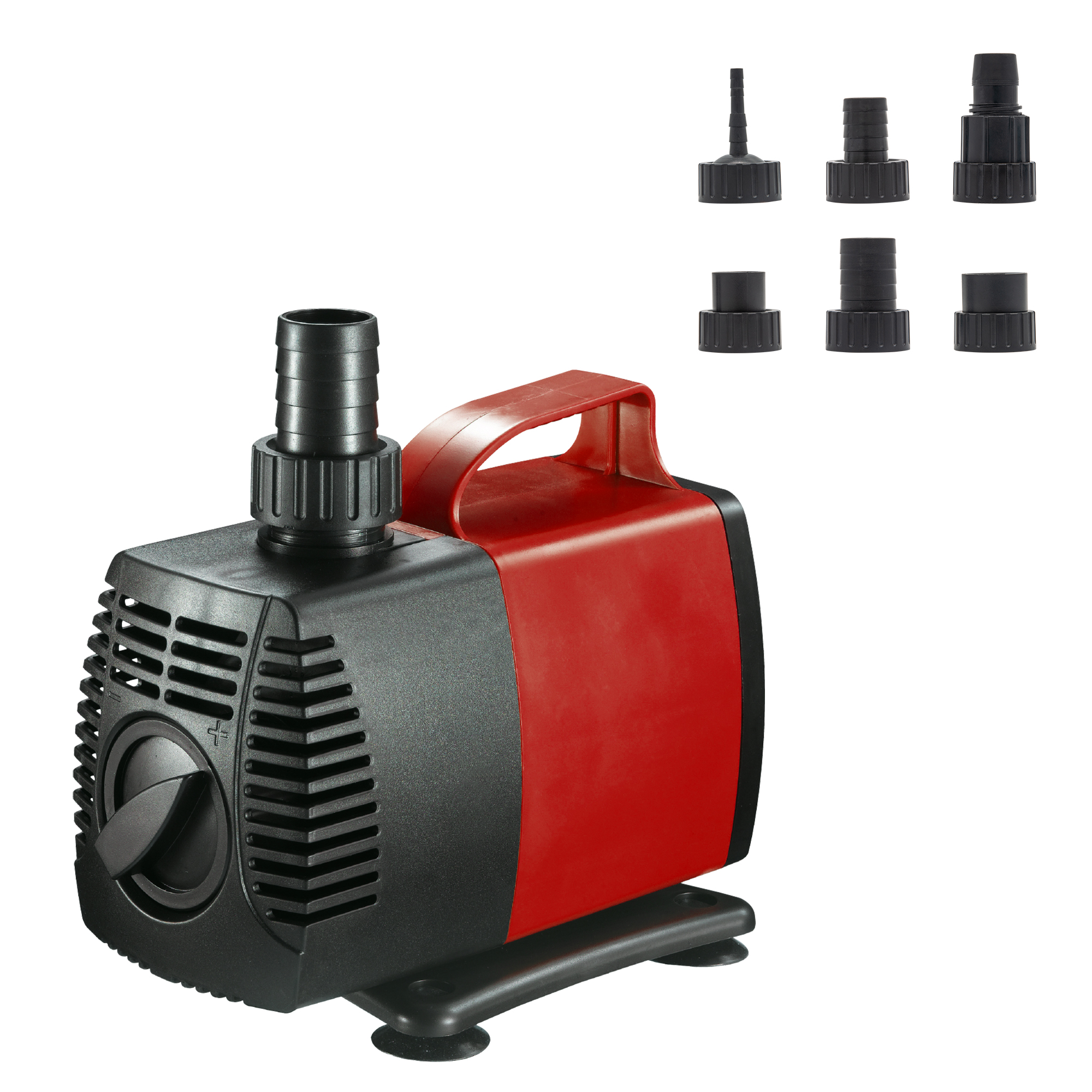Maintaining Momentum: Tips for Aquaculture Pump Maintenance
To keep water in aquaculture farms clean It is essential to disinfect, filter flush, de-gass and circulate. A reliable, energy-efficient may bom ly tam truc ngang system is essential to this operation.
The industry of fishing is a bustling place and little time for stopping an assembly line for the purpose of regreasing. Pumps used for farming fish must be designed to handle a high duty cycle.
Fish Farm Pump Systems
With the global demand for fish grows and oceans are over-fished, it’s more popular to raise seafood in fish farms. The large farms rely on pumps that transfer seawater and recirculate it to prevent stagnation and transfer the waste.
It is one of the major expenses on farms associated with aquaculture. Pumping accounts for large proportions of total energy usage. Aquaculture operators can decrease the cost of energy consumption by choosing the right pump size.
To calculate the required pump capacity, simply divide the fish tank volume by preferred turnover rate (turnover every hour) in order to calculate the amount of flow needed. Pick a system that will be able to handle that amount. There’s never time to wait to receive a call from a technician after a pump has stopped working, especially when it’s circulating the fish.
Aquaculture Pump Efficiency
In aquaculture systems, pumps can be essential to transfer water, nutrient distribution, and oxygenation. Their power use is among the highest running costs.
To increase the efficiency of the system, ensure your pump is sized correctly according to your specifications. Divide the tank’s desired turnover rate by your pump’s capacity so that you can determine how many grams (or Liters) per hour you require.
Reduce the speed of the pump when a lower flow rate is required in order to lower energy and time. Danfoss provides variable-speed drives, which allow the motor speed to be controlled electrically. It means you are able to control your system flow precisely and save energy by using the “fifth energy source”. Reduced operating costs are everything to do with the efficiency of your energy usage.
Sustainable Pumping Solutions for Fish Farms
Aquaculture faces many challenges which include salmon lice and water quality problems growing algal colonies, as well as waste management. To address these, aquacultures depend on efficient and environmentally sustainable pumps that disinfect the water, clean, flush or de-gas the water.
Danfoss has a wide range of pumps to fish farms that can reduce the energy use and increase the effectiveness of pumping. In particular, by using Danfoss’s system for controlling the speed of pumps it is possible to reduce fuel usage in an recirculation system up to 50 percent.
The fishing industry is fast-paced place in which many things happen within the span of an eyes. When the lives of livestock depend on the constant flow of water, there are no excuses for wasting time. Therefore, they require sturdy, reliable pumps that don’t require maintenance or lubrication. A solution to this is air-injection pumps.
Aquaculture Pump Maintenance
In Florida Energy costs are 2nd in terms of costs for operation. One way to lower the costs of these is by enhancing pumps for aquaculture. Proper system size, installation and choice of pump can enhance the reliability and efficiency.
Pumps need to be designed so that they perform at their highest efficiency level (BEP). Cavitation may occur when pumps aren’t operated to the highest efficiency level (BEP). The result is a costly and ongoing operating and maintenance costs.
The surface of the farm should be evaluated, as it influences water stability, erosion risk and drainage. Additionally, it influences the parameters of water quality (temperatures in the water, salinity levels and pH and dissolved oxygen and more.) which are necessary by specific fish species to thrive. If the pump malfunctions the availability of a second pump in the tank will help minimize the time it takes to repair.
Innovative Pump Technologies for Aquaculture
In aquaculture, high water quality is essential for the sustainable production of fish. The increase in fish population and the overcrowding could result in poor water quality stress, as well as illnesses.
Airlift pumps with Constant Flow Technology help maintain constant flow rates in changing situations. It’s particularly helpful when it comes to RAS systems using media filters. This can help prevent pollution from getting into the and to keep oxygen levels to their optimal levels.
DESMI is developing a variety of high-flow, low-pressure pumps that are suitable for RAS applications as well as land-based flow-through. They’re much simpler to maintain and offer greater energy efficiency across a wider capacity range than large propeller pumps. Integrated with an aquaculture-specific drive, these pumps also have PLC controls that are specifically designed to meet the requirements of the industry. Precision load measurement solutions are also crucial for aquaculture applications.

